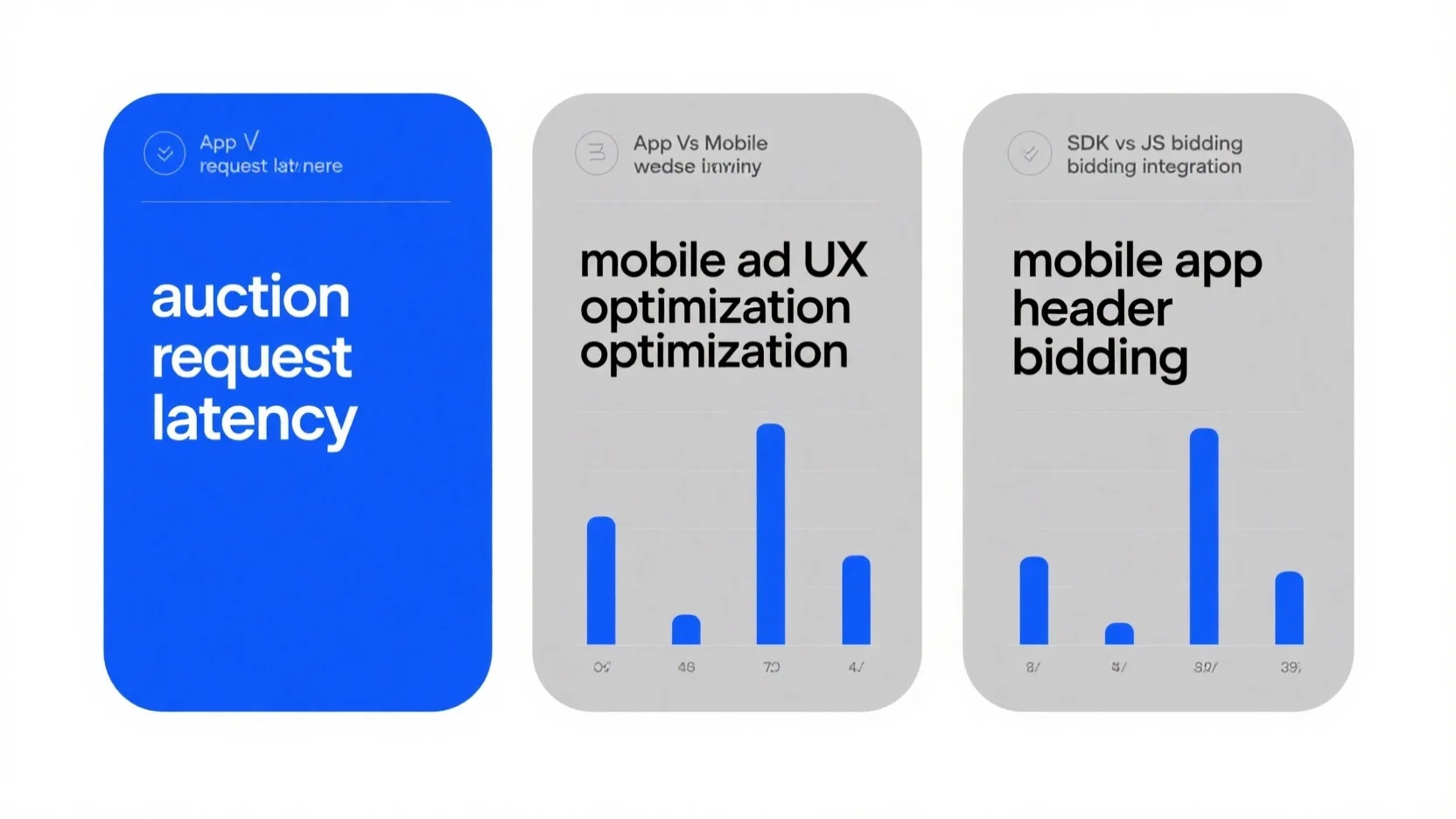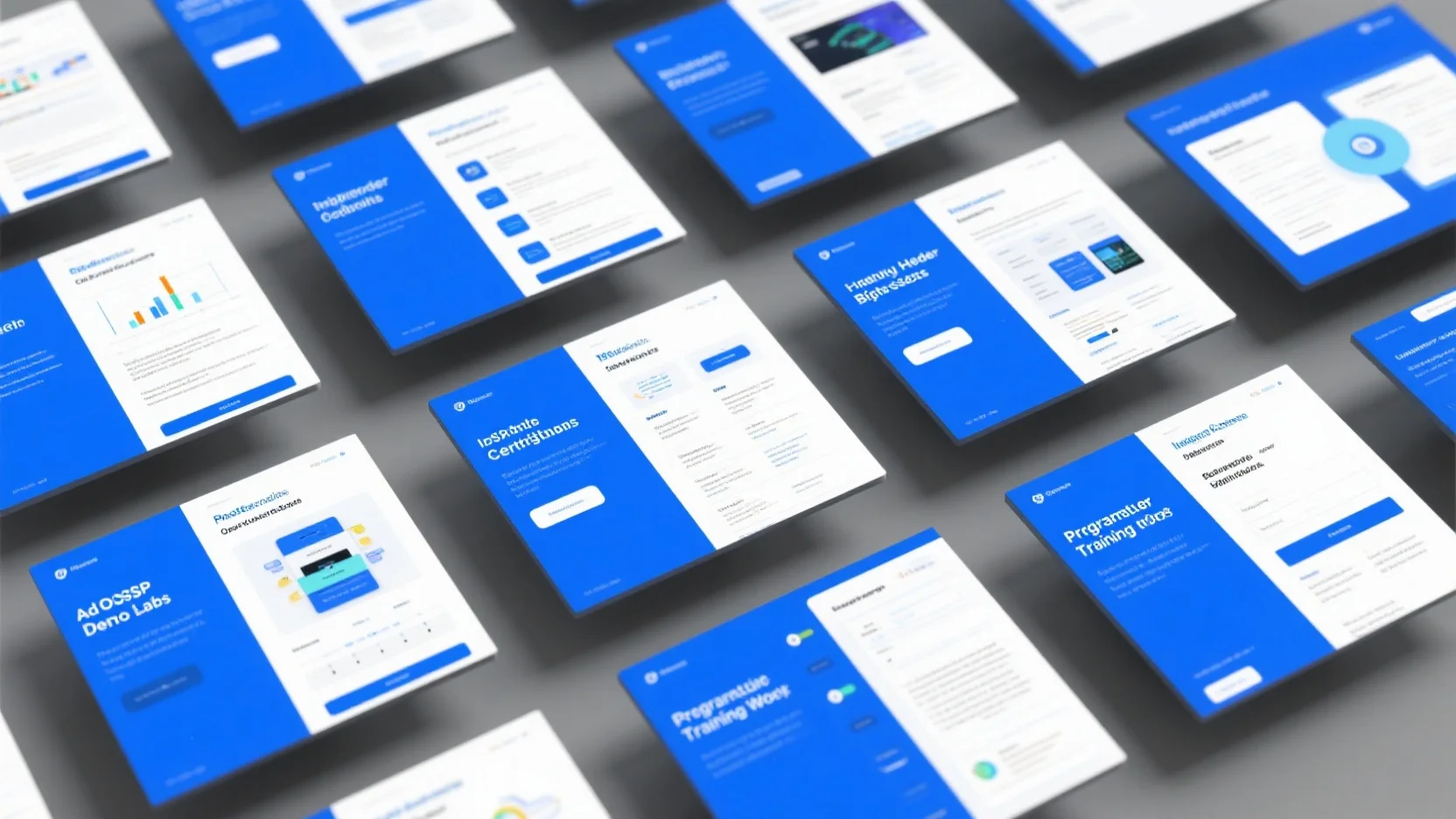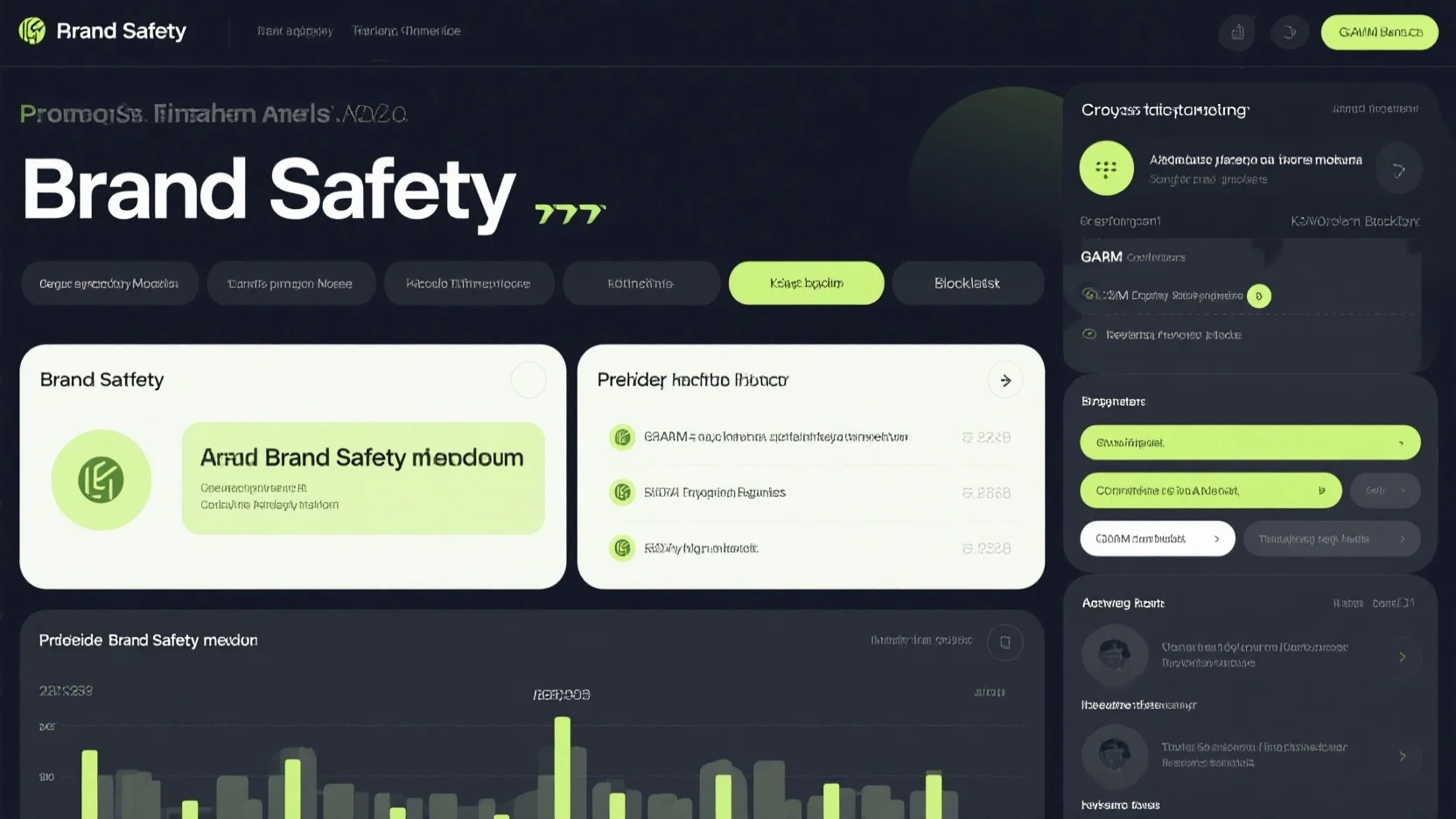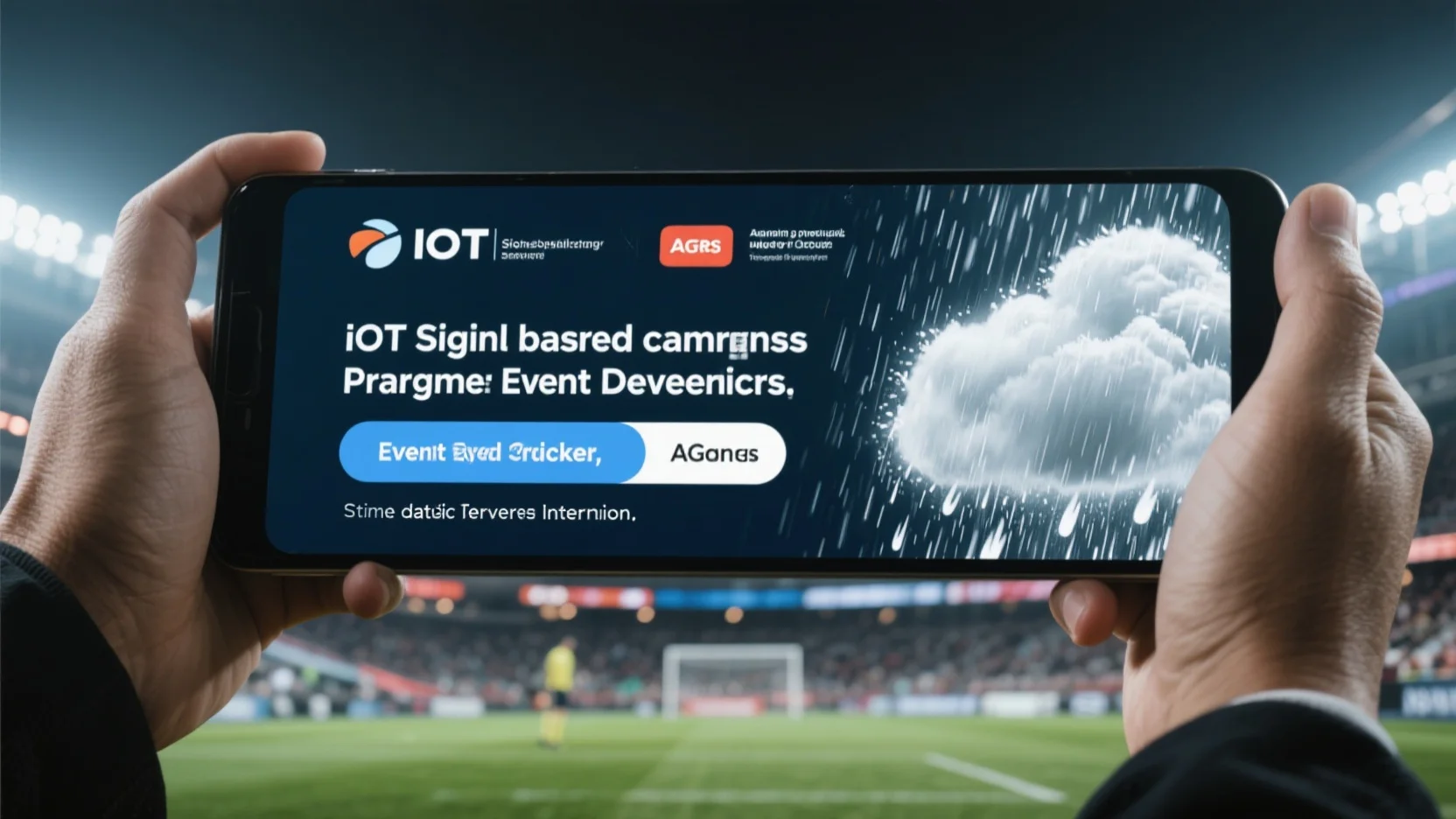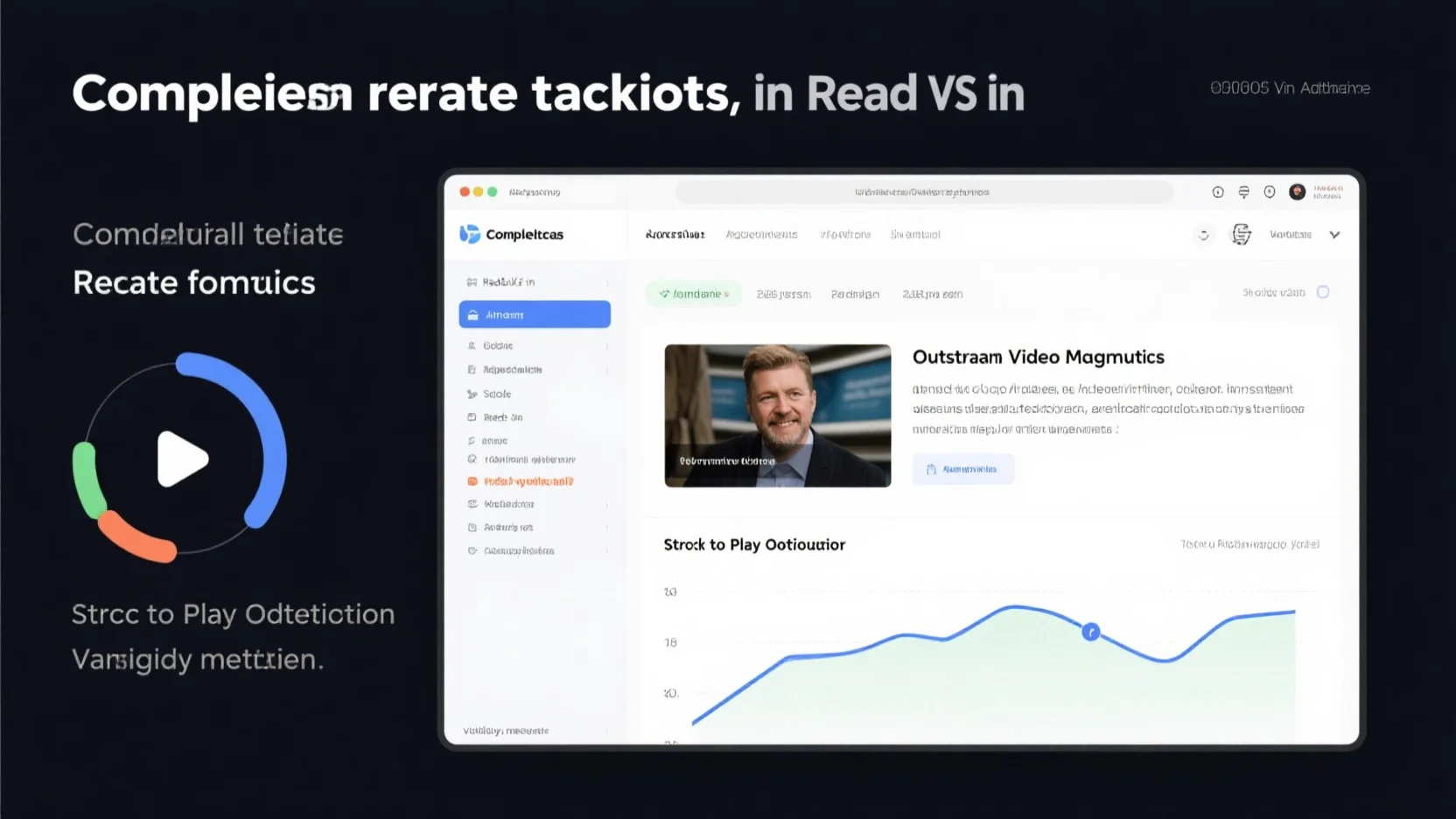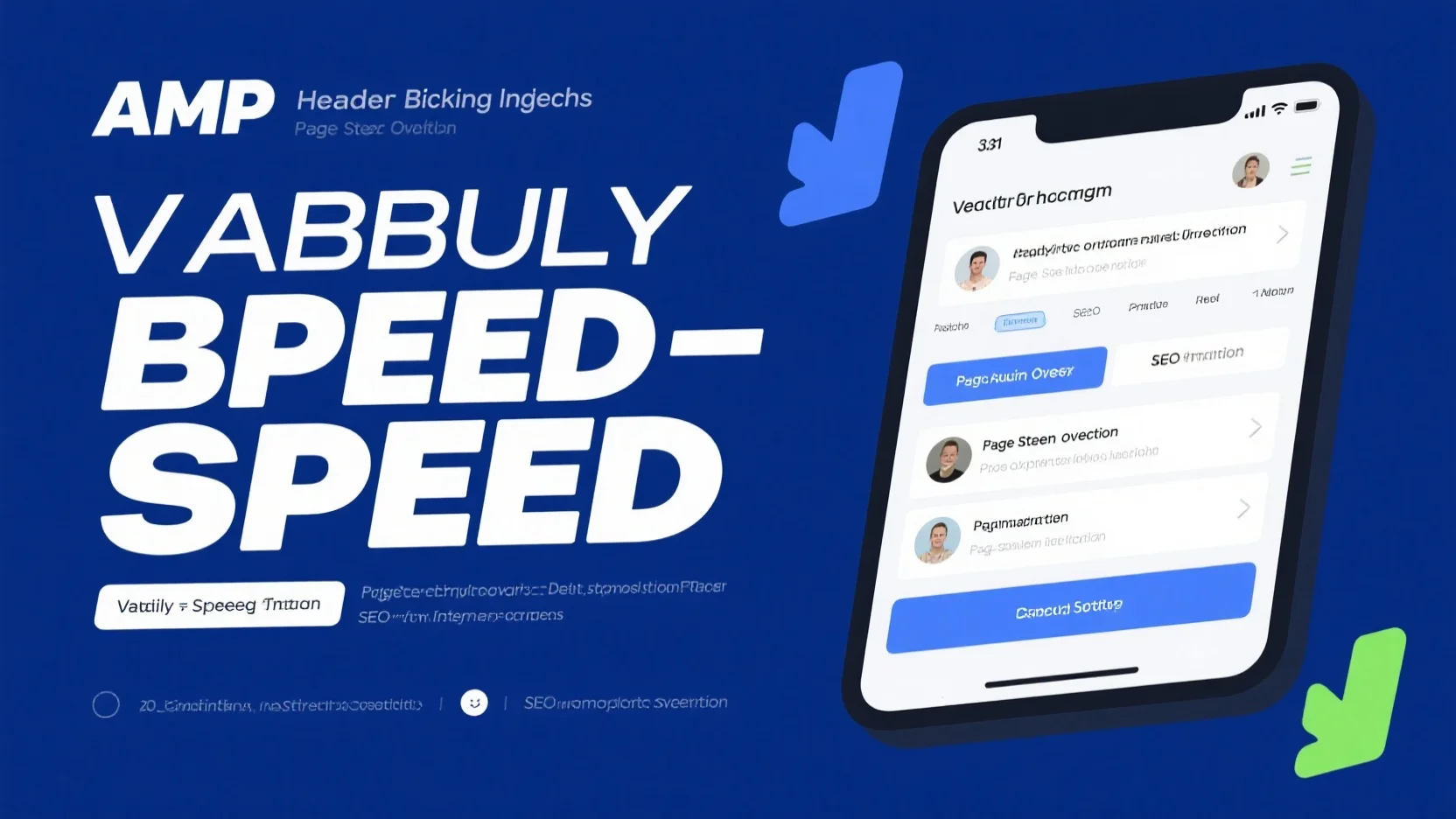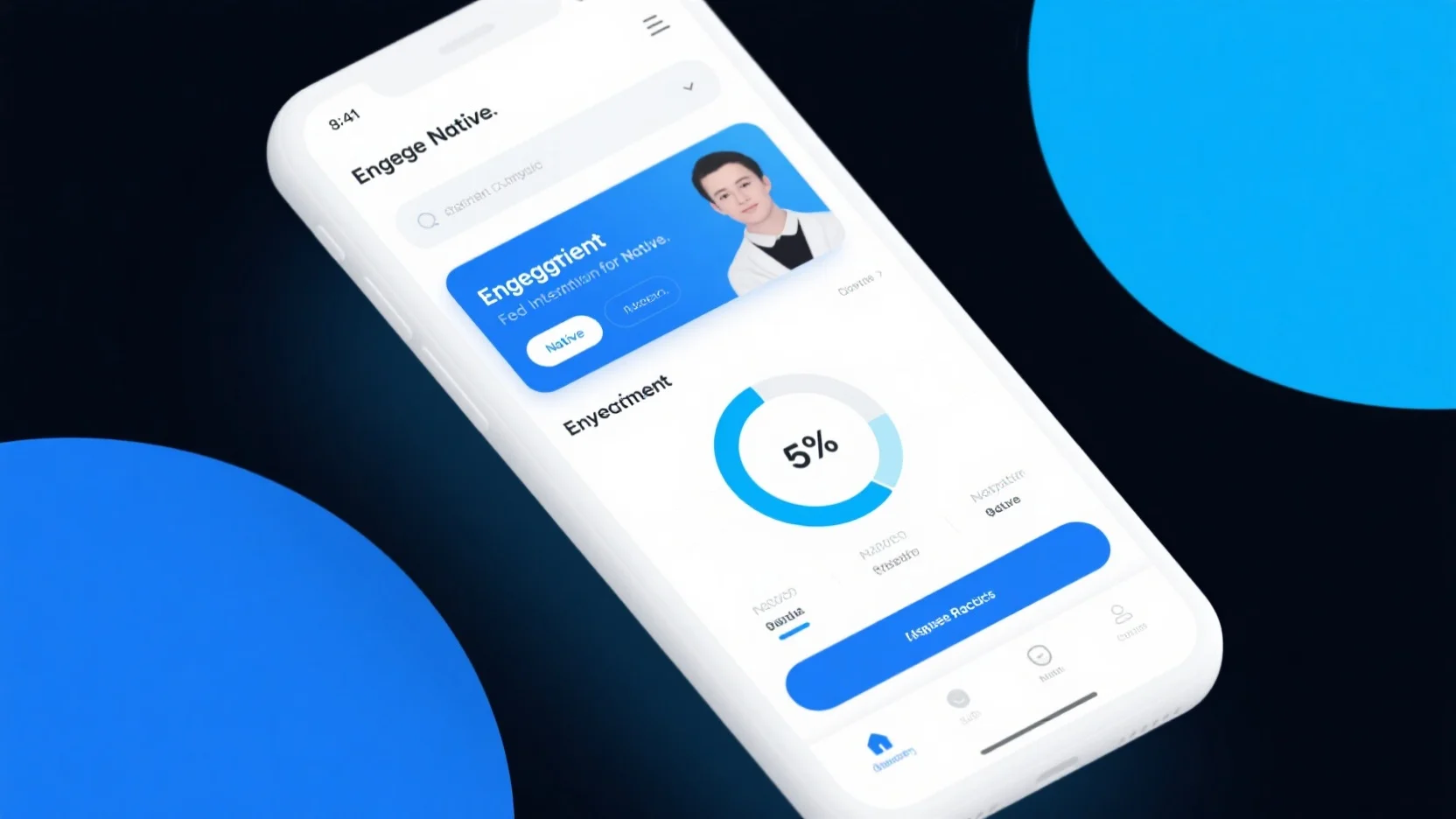
Mastering Programmatic Native Ads: Compliance, Integration, Metrics, and User Experience Best Practices
In the dynamic world of digital advertising, programmatic native ads are a game – changer. As reported by industry trends, the global programmatic advertising spend hit $595 billion in 2024 and is set to reach

